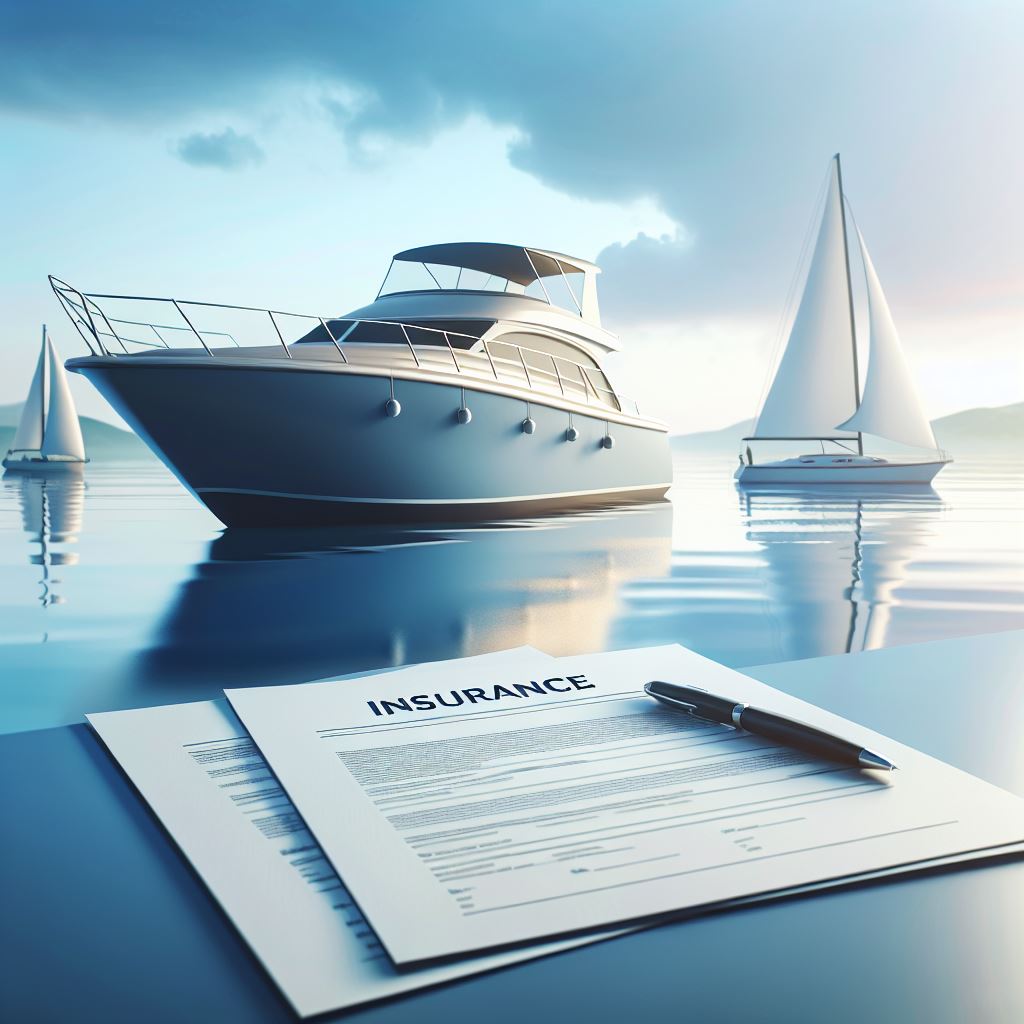I Ride E-Bikes and Motorcycles: Does the Former Require Coverage?
 Read MoreI Ride E-Bikes and Motorcycles: Does the Former Require Coverage?
Read MoreI Ride E-Bikes and Motorcycles: Does the Former Require Coverage? Read MoreI Ride E-Bikes and Motorcycles: Does the Former Require Coverage?
Read MoreI Ride E-Bikes and Motorcycles: Does the Former Require Coverage? Read MoreHow Sports In 2025 Are Turning Cities Into Playgrounds
Read MoreHow Sports In 2025 Are Turning Cities Into Playgrounds Read MoreParty Safety and Insurance: Protecting Against Unexpected Risks
Read MoreParty Safety and Insurance: Protecting Against Unexpected Risks Read MoreWhat are the Pros of Having Boat Insurance in New York?
Read MoreWhat are the Pros of Having Boat Insurance in New York? Read MoreHow Tariffs Impact the Housing Market: What You Need To Know
Read MoreHow Tariffs Impact the Housing Market: What You Need To Know Read MoreUnderstanding Stress and Anxiety: What You Need to Know!
Read MoreUnderstanding Stress and Anxiety: What You Need to Know! Read MoreThe Truth About Technology and What They Aren’t Telling You
Read MoreThe Truth About Technology and What They Aren’t Telling You Read MoreThriving in the Digital Age: Balancing Technology, Health, and Connections
Read MoreThriving in the Digital Age: Balancing Technology, Health, and Connections Read MoreBeyond the Game: Life After Sports & Hidden Risks
Read MoreBeyond the Game: Life After Sports & Hidden Risks